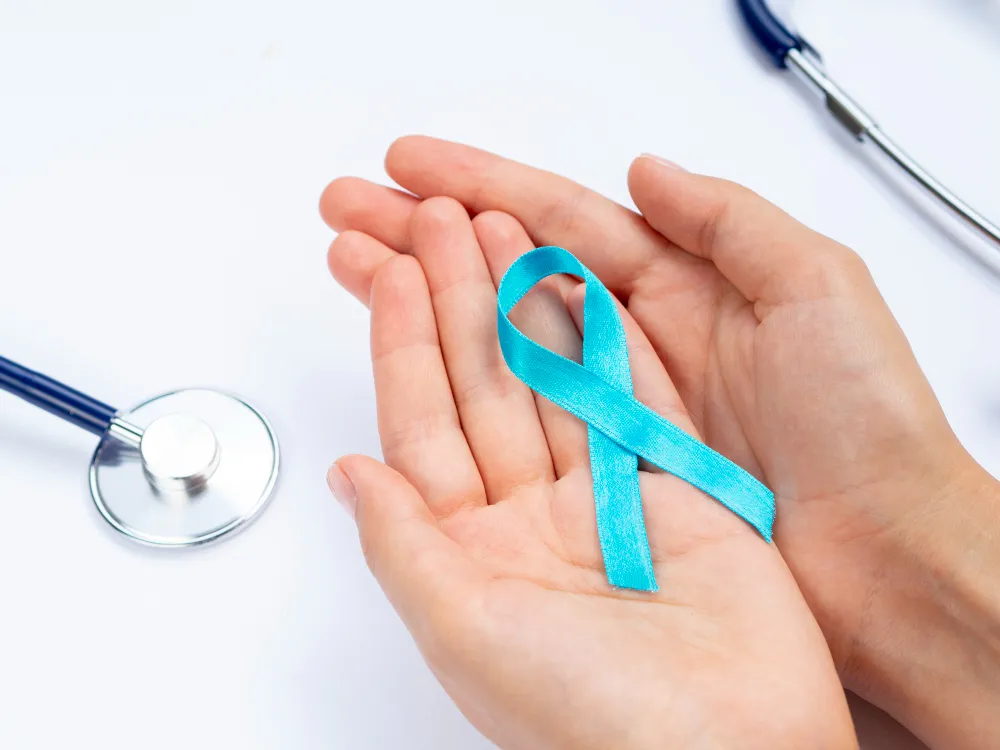Breast cancer stands as one of the leading causes of cancer-related deaths among women worldwide. With advancements in early detection and treatment strategies, the inclusion of radiotherapy as an adjuvant therapy has become a focal point for oncologists seeking to improve patient prognosis. One such radiotherapy that has drawn considerable attention is the internal mammary chain (IMC) radiotherapy. However, a recent study has highlighted significant international variation in the criteria for IMC radiotherapy, potentially leading to disparate treatment outcomes. This article delves into the findings published in Clinical Oncology by Duane et al., underlining the need for harmonized global standards.
Abstract
Internal Mammary Chain (IMC) radiotherapy refers to radiation treatment directed at the IMC lymph nodes, which breast cancer can involve. The objective of this approach is to reduce the risk of cancer recurrence and mortality. Duane et al. conducted a study to examine the discrepancies in criteria for IMC radiotherapy across different national guidelines. Their systematic investigation and analysis of patient and tumor variables from a considerable number of patients in England underscored a lack of consensus, emphasizing variations that might influence treatment decisions and resource allocation.
Introduction
According to Duane et al., the use of IMC radiotherapy in the management of breast cancer has been supported by evidence suggesting it can lower mortality rates. However, criteria for its application vary from one country to another, affecting how many patients receive this treatment.
The purpose of this study was to evaluate the national guidelines of IMC radiotherapy from completed English publications within 2013-2018 and to determine the percentage of patients in England meeting these criteria from 2012-2016. The variations observed raise questions about the possibility of inequity in care and resource needs internationally.
Methodology
Between 2012 and 2016, 111,729 women received adjuvant breast cancer radiotherapy in England, with complete data on 48,095. The study assessed the percentage of these patients that fulfilled the criteria for IMC radiotherapy set forth by respective national guidelines:
1. UK Royal College of Radiologists
2. UK National Institute for Health and Care Excellence
3. Guidelines from Germany, Ireland, and the USA
The researchers categorized patients and tumors, drawing a comparative analysis between various nations. This large-scale study reflects comprehensive research efforts, as evidenced by its DOI number: 10.1016/j.clon.2019.04.007.
Results
The analysis depicted significant discrepancy in the application of IMC radiotherapy criteria. For example, in the UK, IMC radiotherapy is generally considered for patients with at least four positive axillary nodes or high-risk cases with one to three positive nodes. In contrast, guidelines in Ireland and the USA contemplate treatment in certain node-negative patients. German criteria possibly allow for node-positive patients to be treated more expansively.
These criteria resulted in the following percentages of patients receiving IMC radiotherapy:
1. UK Royal College of Radiologists: 13%
2. UK National Institute for Health and Care Excellence: 18%
3. Germany: 32%
4. Ireland: 56%
5. USA: 59%
Discussion
This palpable variation in IMC radiotherapy criteria indicates that practices are far from uniform—even when countries have access to the same body of evidence. It raises the issue of whether treatment guidelines are solely based on clinical evidence or if they’re also shaped by cultural practices, available resources, and healthcare infrastructure.
Significant variances in standards could potentially lead to marked differences in actual care received by patients in different regions. The analysis by Duane et al. not only exposes these discrepancies but also highlights the need for further discussion and possible harmonization of criteria for IMC radiotherapy.
Conclusion
The study by Duane et al. provides an eye-opening perspective on international practices regarding IMC radiotherapy in breast cancer treatment, emphasizing the necessity for ongoing dialogue and research to optimize and standardize care.
References
1. Duane F. K., McGale P., Teoh S., et al. (2019). International Variation in Criteria for Internal Mammary Chain Radiotherapy. Clinical Oncology, 31(7), 453-461. https://doi.org/10.1016/j.clon.2019.04.007
2. Early Breast Cancer Trialists’ Collaborative Group (2011). Effect of radiotherapy after breast-conserving surgery on 10-year recurrence and 15-year breast cancer death: Lancet. https://doi.org/10.1016/S0140-6736(11)61629-2
3. National Institute for Health and Care Excellence (2018). Early and locally advanced breast cancer: diagnosis and treatment (NICE Clinical Guideline NG101). https://www.nice.org.uk/guidance/ng101
4. Recht A., Comen E. A., Fine R. E., et al. (2016). Postmastectomy radiotherapy: an ASCO, ASTRO, and SSO focused guideline update. Pract Radiat Oncol, 6(6), e219–e234. https://doi.org/10.1016/j.prro.2016.07.007
5. Poortmans P., Collette S., Kirkove C., et al. (2015). Internal mammary and medial supraclavicular irradiation in breast cancer. New England Journal of Medicine, 373(4), 317-327. https://doi.org/10.1056/NEJMoa1415369
Keywords
1. Internal Mammary Chain Radiotherapy
2. Breast Cancer Treatment Guidelines
3. International Oncology Practices
4. Adjuvant Radiotherapy Breast Cancer
5. IMC Radiotherapy Variations
This illustrative article unpacks the study’s findings on IMC radiotherapy criteria variations and invites a conversation about standardizing cancer treatment globally for the benefit of patients irrespective of their geographical location.
